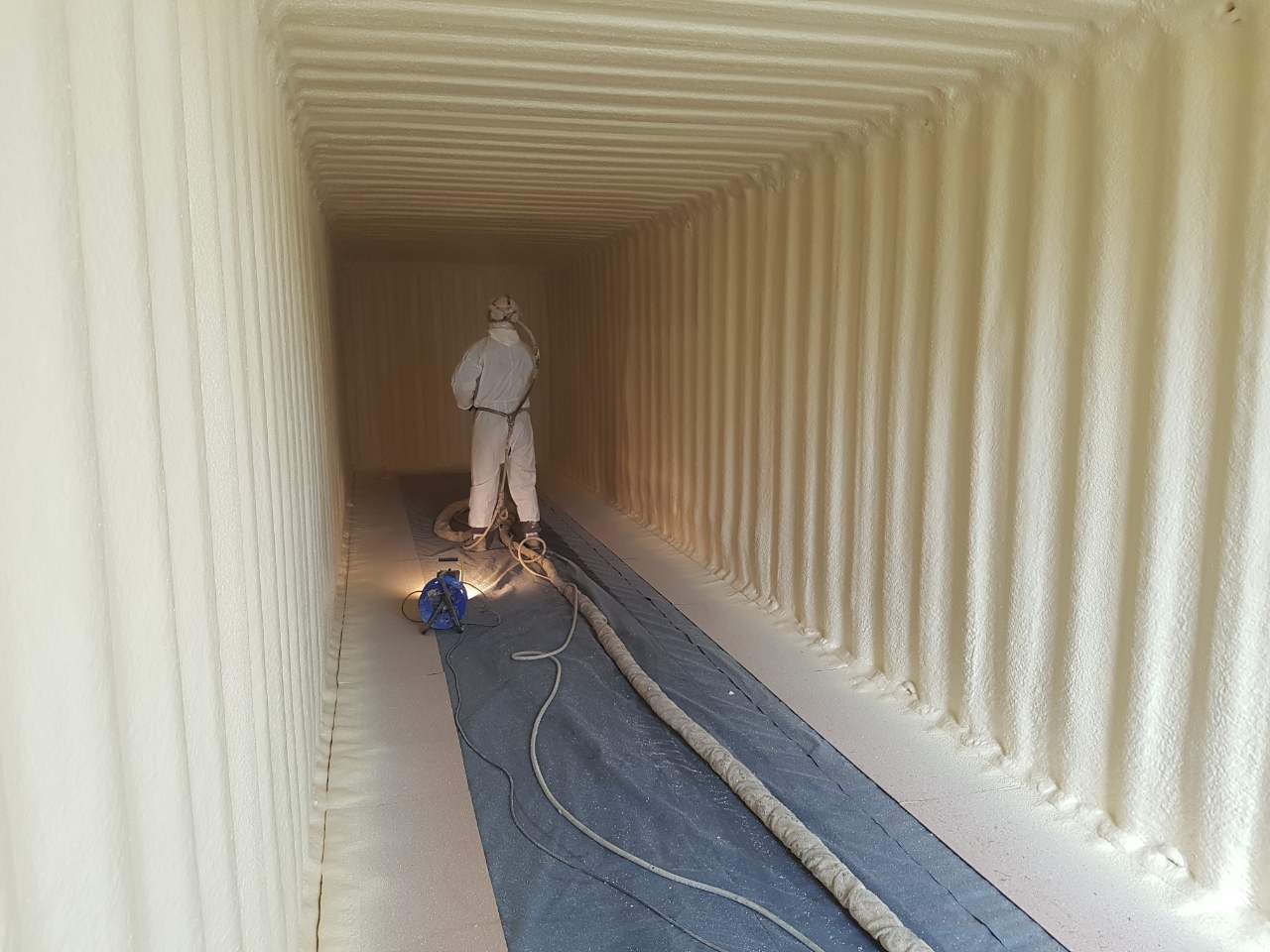Shipping containers are meant to be durable from harsh conditions during the journey and to keep the items safe at the designated destination. Some of the container owners, however, might need more references in regulating the conditions and temperature inside the shipping containers.
There are numerous options available when it comes to insulating a sea container. The type of insulation you choose will depend on the intended use of the conex box since every user might have different needs. Here are a few alternatives that you can use to insulate a shipping container for your specific needs.
1. Styrofoam – Ideal for Basic Storage Containers
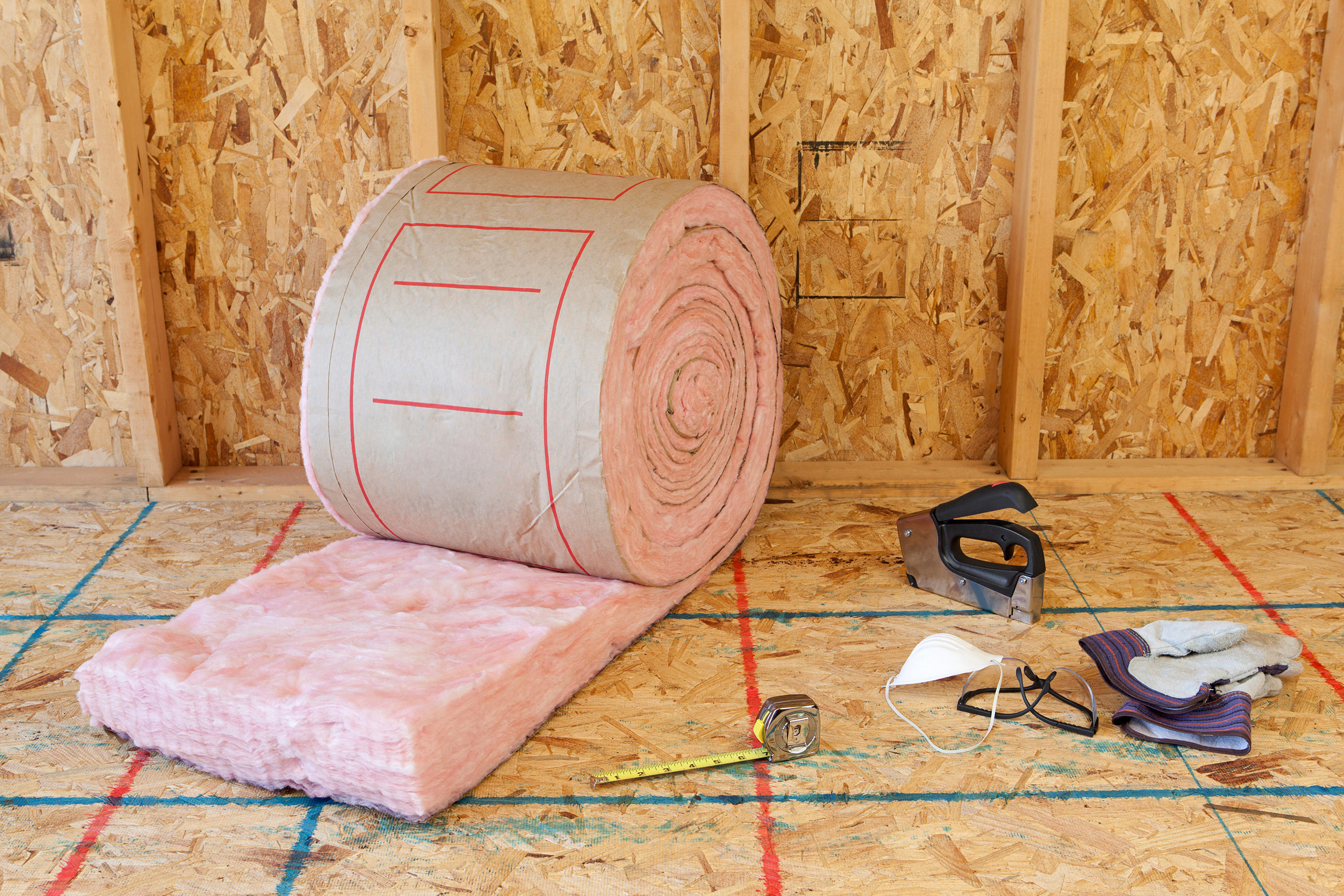
Styrofoam or other closed-cell extruded Polystyrene Foam insulation is known to be one insulation alternative that is easy and fast to install. It is considered affordable among the other insulation alternatives, and it also has the added benefit of reducing noise. Using Styrofoam as the insulating material eliminates the need to construct stud walls to hold the panels in place.
To install, the styrofoam panels are glued onto the walls or mounted on bars to work as insulation, making them an economical option. Styrofoam makes good insulation since the polystyrene foam material contained can resist heat and prevent extreme temperature fluctuation. They are also typically waterproof and light.
2. Spray Foam
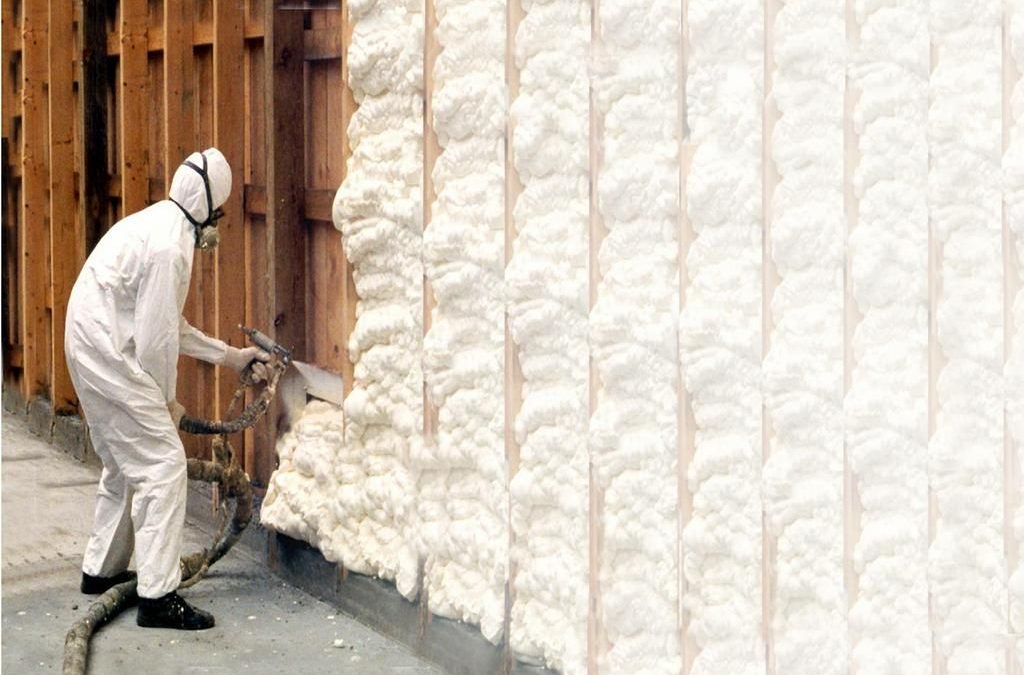
Spray foam insulation is popularly used as container insulation for its high-level capability of insulation and air sealing, which can increase comfort and efficiency. Spray polyurethane Foam (SPF) is a multifunctional sealant and insulation that can produce a continuous air barrier on a variety of surfaces in container steels or buildings, including ceilings, walls, and concrete slabs. When isocyanate and polyol resin are combined, they quickly react to form foam, which is how spray polyurethane foam is made.
Upon application, spray foam insulation expands and then hardens to further seal. The expansion will push the foam past the face of the studs, so trimming would be necessary. Spray foam can be used to insulate the internal and exterior walls of your shipping container office or home as well as to prevent ground moisture from penetrating the container from below. You can also paint over the dried foam to give your shipping container a brand-new, finished appearance.
The level of temperature control desired and energy efficiency as well as factors like budget will determine how much insulation is used.
3. Loose-fill Insulation
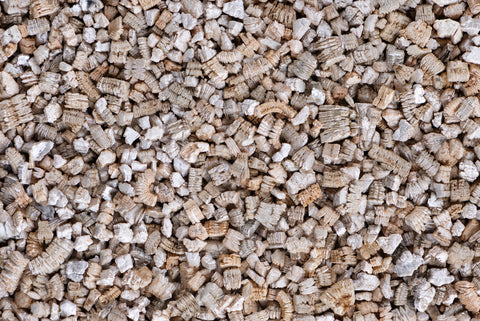
This kind of insulation works by inserting little bits of insulation into a wall cavity. Before applying these insulators, the wall cavity should be completely contained to make it intact.
There are three kinds of materials included, which are cellulose insulation, loose-fill fiberglass insulation, and vermiculite insulation. Cellulose insulation is created by shredding recycled paper products and then blowing the shreds into the material. Loose-fill fiberglass insulation is similar to fiberglass insulation but is less dense so that a machine can blow air through it. Vermiculite insulation includes materials that can be added to wall cavities such as minerals that have been heated and expanded like popcorn.
4. Expanded Foam Insulation
Expanding polystyrene foam has become one of the popular types of insulation for its thermal capacity and resistance to heat flow. The installation of expanded foam is relatively easy. You could directly glue it to the shipping container or fasten it to the studs. To prevent large air gaps in these corrugated areas, some varieties are molded to match the corrugations on a shipping container wall.
Closed-cell insulation known as expanded foam is created by “expanding” a polystyrene polymer. They are known to be stronger and able to carry heavier loads than open-cell foam. They also have the characteristics of being non-porous, making it challenging for air and liquid to pass through.
Benefits of Shipping Container Insulation
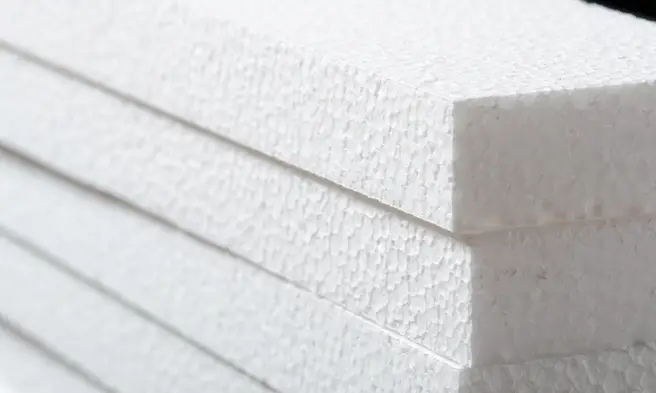
Temperature Control: Insulation in shipping containers helps keep the interior at a constant temperature, minimizing the need for heating or cooling and saving energy.
- Energy Efficiency: By reducing heat loss, insulation can lower energy costs and enhance energy efficiency.
- Protect container contents: Insulation can help shield the container’s contents, such as food, chemicals, or machinery, from temperature changes and resulting damage.
- Durability: Insulation helps keep the container durable by preventing damage from moisture and temperature changes.
- Increased Comfort: In extreme temperatures, insulated containers can offer a more comfortable work or living environment for those converting shipping containers into a residential setting.
- Environmental Sustainability: By lowering energy use and waste, insulation can help create a more sustainable environment.
Purchasing a Conex Box
Tradecorp has a wide range of customization options for shipping containers for sale. We will help you find the perfect container solution for your business or project needs. Find a variety of types and sizes of shipping containers, from standard ones to tanks, and customizable ones. We will have them ready for you at a reasonable price. Fill out the contact form on our page and we will respond to your inquiry promptly.

